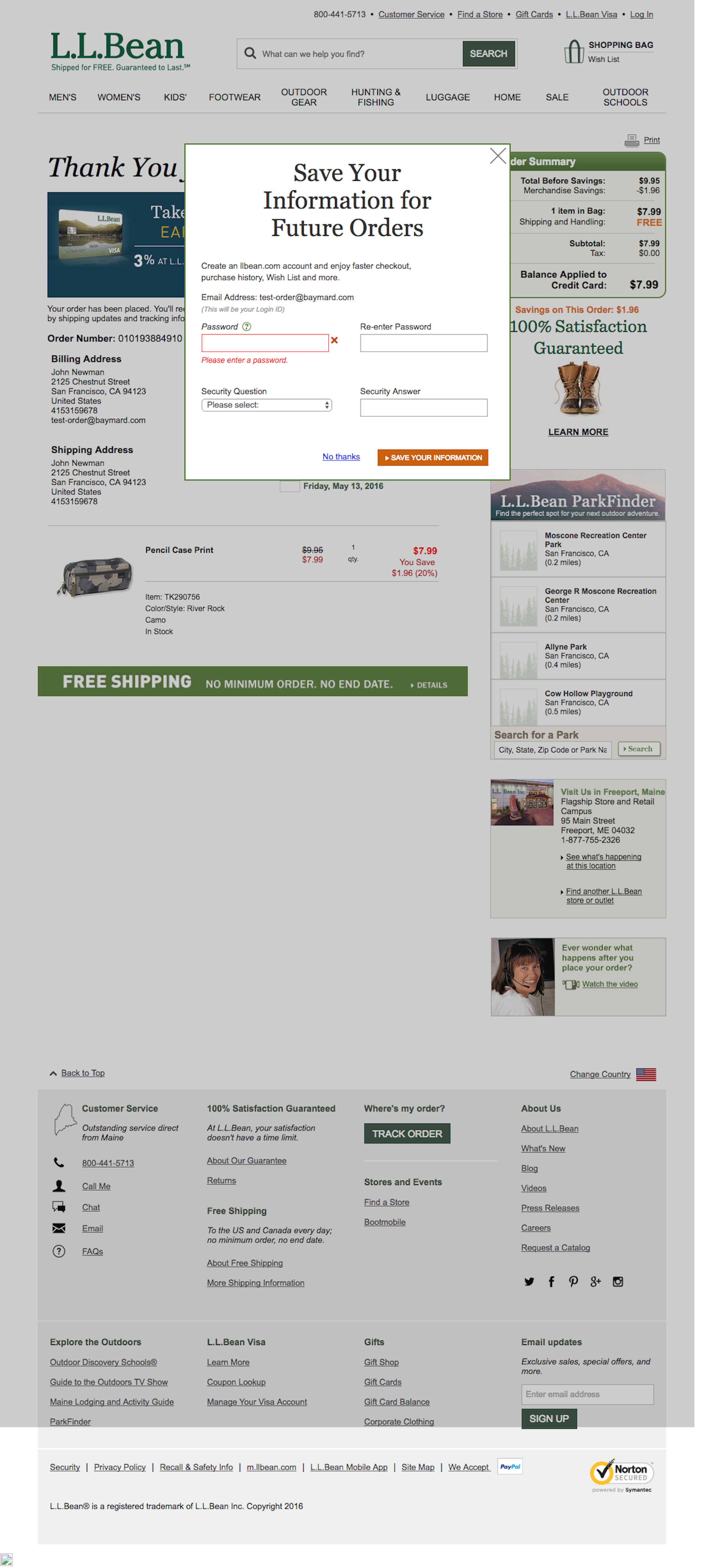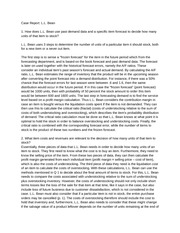L.L. Bean is a well-known American retail company that specializes in outdoor clothing and gear. Founded in 1912 by Leon Leonwood Bean, the company has grown to become a household name, known for its high-quality products and exceptional customer service. However, in recent years, L.L. Bean has faced criticism and controversy, leading to a decline in sales and a loss of market share. In this essay, we will examine the case of L.L. Bean and discuss the challenges the company has faced, as well as potential solutions to address these issues.
One of the main challenges facing L.L. Bean is the increasing competition in the outdoor clothing and gear market. The rise of online retailers, such as Amazon, has made it easier for consumers to purchase outdoor gear from a variety of different brands, which has contributed to L.L. Bean's decline in market share. Additionally, the increasing popularity of athleisure wear and the rise of fast fashion brands have also contributed to the decline in sales for L.L. Bean.
Another challenge facing L.L. Bean is the changing demographics of its customer base. Many of the company's core customers are aging and are no longer as interested in outdoor activities as they once were. This has led to a decline in sales and a need for the company to attract a younger customer base.
One potential solution to these challenges is for L.L. Bean to focus on building brand loyalty among its customers. The company has a long history of excellent customer service and high-quality products, and by highlighting these strengths and continuing to provide exceptional service, L.L. Bean can differentiate itself from its competitors and build a loyal customer base.
Another potential solution is for L.L. Bean to embrace digital marketing and e-commerce. While the company has a strong online presence, it could potentially benefit from investing more in digital marketing to reach a wider audience and drive online sales. This could include investing in social media marketing, email marketing, and search engine optimization to increase visibility and attract new customers.
Finally, L.L. Bean could consider expanding its product offerings to appeal to a younger customer base. This could involve introducing new, trendy products or partnering with popular influencers or brands to reach a younger audience.
Overall, L.L. Bean faces significant challenges in today's highly competitive retail market, but with a focus on building brand loyalty, embracing digital marketing and e-commerce, and expanding its product offerings, the company can continue to be a leader in the outdoor clothing and gear industry.








